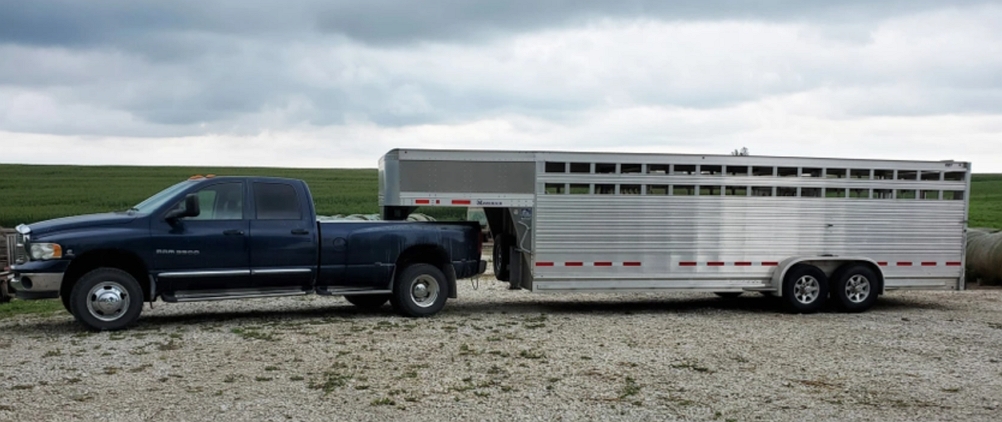
Beef Column: Enhancing Truck and Trailer Maintenance to Mitigate Breakdown Risks
Cattle hauling frequency fluctuates from one farm to another. While some farms engage in regular hauls, others do so only a few times annually. Regardless of the frequency, experiencing a breakdown on the road or, worse, being involved in a traffic accident while hauling cattle is certainly not anyone’s desired outcome. Prioritizing truck and trailer inspections and maintenance before embarking on a haul plays a crucial role in minimizing breakdown risks and potential traffic mishaps stemming from vehicle issues. Preparedness contributes to reduced stress levels for both individuals and the cattle being transported.
Research conducted by the Federal Motor Carrier Safety Administration unveiled that approximately 10% of truck crashes were primarily attributed to vehicle failure. However, maintenance-related problems played a more significant role as contributing factors in a larger portion of incidents. The study indicated that maintenance issues were involved in nearly 40% of truck accidents. Among the leading contributors were
- brake failures (29%),
- tire-related concerns (6%),
- and improperly loaded trailers (4%).
A comparable investigation conducted by the National Highway Traffic Safety Administration pinpointed issues pertaining to tires and wheels, as well as brake malfunctions, as the leading two primary causes of crashes attributed to vehicle-related problems. It’s important to note that this data pertains solely to crashes. Obtaining detailed insights into the leading causes of breakdowns proves to be more challenging due to the lack of official reporting in this context. Despite limited available information, the prevalent reasons for vehicles becoming disabled on the roadside encompass tire-related concerns, brake issues, electrical malfunctions, and overheating.
Reduce risk of breakdowns
Below are a few factors to take into account to minimize the likelihood of breakdowns and accidents linked to vehicle malfunctions:
- Given that tires, wheel assemblies, and brakes have been recognized as the predominant culprits behind breakdowns and crashes stemming from critical vehicle failure, dedicating time to routine inspections of these components proves to be a worthwhile endeavor.
- Tire tread depth should surpass 2/32 of an inch, and replacement is advised when this threshold is reached. It’s crucial to ensure that both truck and trailer tires are designed for the specific tasks of hauling, towing, and trailer usage, and are not categorized as passenger tires. Passenger-rated tires lack the requisite sidewall strength for these tasks.
- Tires don’t just wear out due to regular use; they can also deteriorate, develop cracks, and become unsafe over time due to aging. This process can be accelerated if they are exposed to direct sunlight while being kept outdoors. Remember to inspect the spare tire as well and ensure easy access to it, along with the jack and blocks, especially when the trailer is loaded.
- Bearings and brakes are susceptible to deterioration due to aging and prolonged periods of inactivity. Moisture, in particular, serves as the primary culprit, leading to corrosion and detrimental effects on bearings, brake components, and structural elements. Given that livestock trailers frequently operate in dusty and dirty environments, the accumulation of grit and sand in undesirable areas can inflict damage on bearings and brakes. In certain instances, larger trailers incorporate onboard batteries as part of their braking systems, and these batteries should also be thoroughly checked to ensure proper functionality.
- Ensure that the flooring is both clean and in sound condition, and verify that the lights, gates, and latches function as intended. The inspection checklist for the truck should also encompass essential tasks such as examining the oil, coolant, radiator, hoses, and battery condition before embarking on your journey.
The truck employed to tow the trailer often serves a dual role, functioning as a vehicle for grocery runs and various other errands. Wear and tear gradually accumulate during these routine tasks, catching us off guard. This underscores the importance of diligent maintenance and pre-trip inspections to ensure optimal performance.
